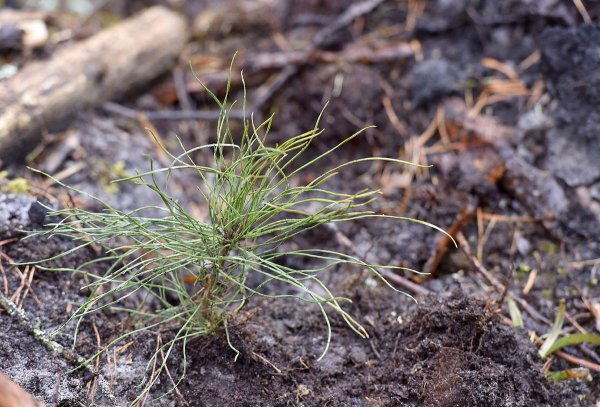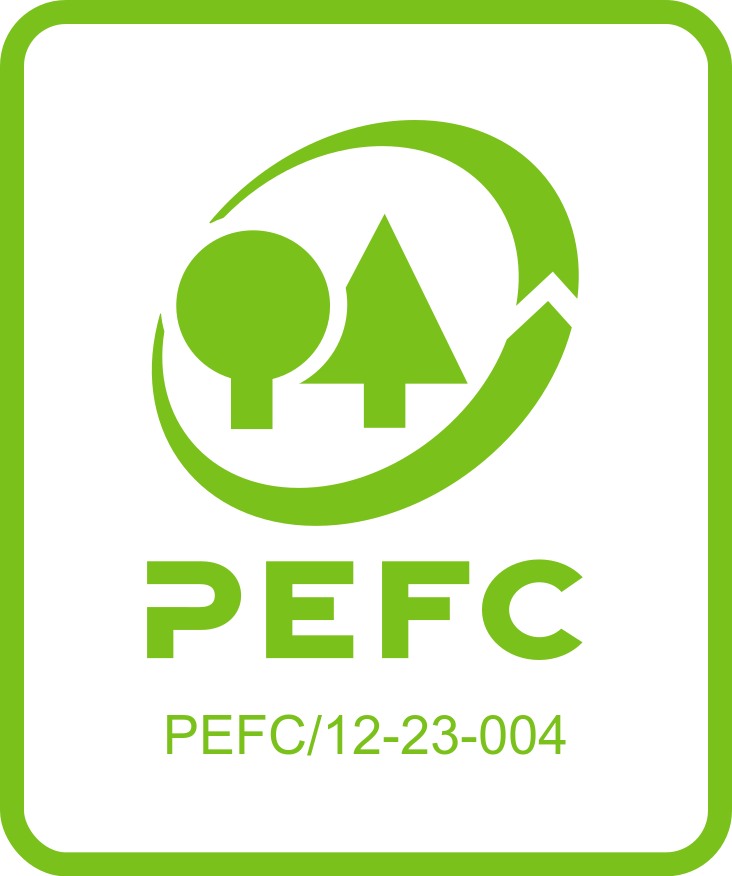By performing a number of activities through the process of forest regeneration a high-yielding and productive forest can be developed.
The process of forest regeneration includes definition of the tree species and the type of regeneration (natural or artificial) to be promoted after the cutting of trees.
Artificial regeneration consist of following actions: preparation of the soil, seeding and planting, agrotechnical tending. Forest regeneration happens through planting and seeding. The qualities of each tree are contained in its seed, so afforestation is done using only the foundation stock from the best quality seeds. Thus the formation of a high-yielding and quality forest is ensured.
The forest is naturally regenerated by regrowth (preserving the young trees groups in clearcuts) or leaving the seed trees on the cleared area. Natural regeneration can also happen as a result of the seeds from trees around the cleared area.
Agrotechnical tending is done in order to prevent young trees from being suppressed and from excessive root competition. Weeding helps to ensure that the plants receive the necessary sunlight, water and nourishment, which helps development and gets rid of undesirable competition.







